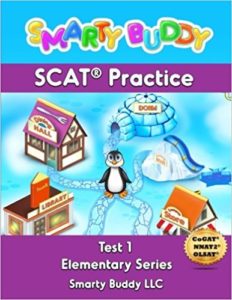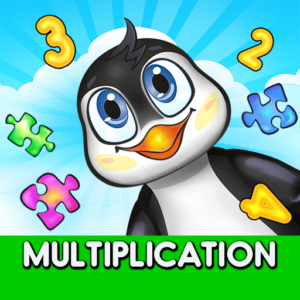- Students may be perfectionists;
- Students may be exceptionally sensitive and have high expectations of themselves and others;
- Students may already know much of the curriculum before it is presented;
- Students may have excellent problem solving abilities;
- Students think abstractly and may struggle with more concrete concepts.
- Students may exhibit talent and intelligence in one or several areas including creativity, specific subject areas, leadership, psychomotor skills and the arts.
There is no standard identification method, so it is up to the school to decide how students are selected and identified for gifted programs. It is best to discuss specific criteria with your fellow educators and administrators.
Gifted and Talented Education
Gifted and talented education can occur in a number of forms. The NAGC describes some of the more common forms of gifted education:
- Acceleration for individual students;
- Grouping gifted students together;
- “Curriculum compacting” to eliminate material that students already know;
- Advanced placement of gifted students;
- Implementing “pull-out programs” and special classes.
It is important that gifted and talented students are appropriately challenged in the classroom. Without differentiation and gifted programs, students can become bored and disillusioned. When education becomes a negative experience, their abilities are stifled and they are less likely to be successful in the future. More behavioral challenges can also occur without the right environment. In order to tailor instruction appropriately, Intel recommends having students assume leadership roles and assist other students, extending the curriculum with enrichment activities and offering advanced versions of the curriculum.















